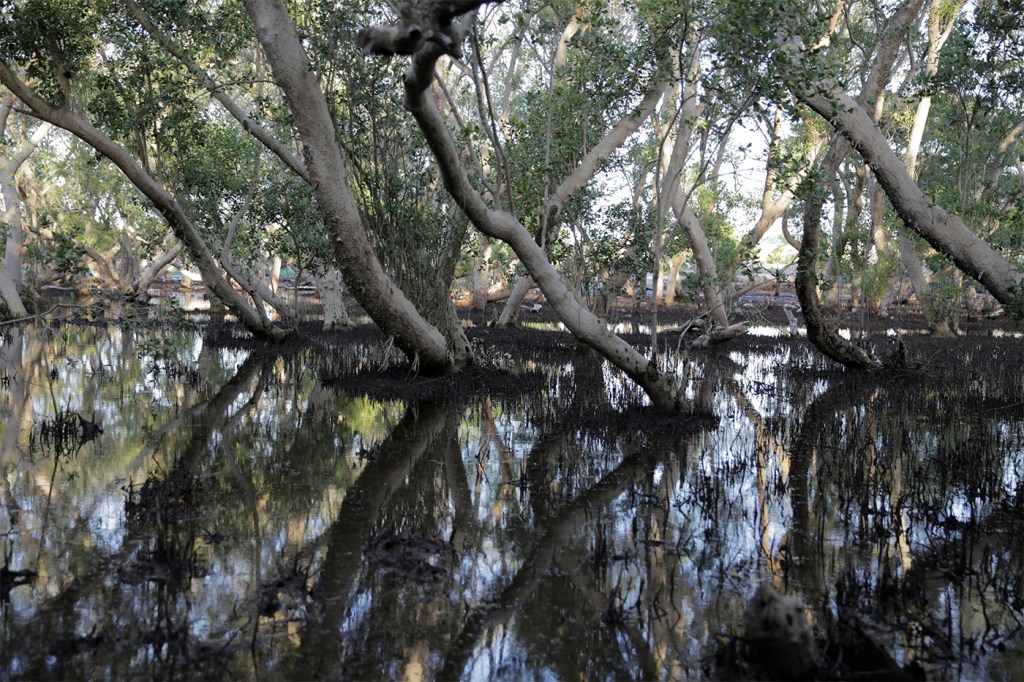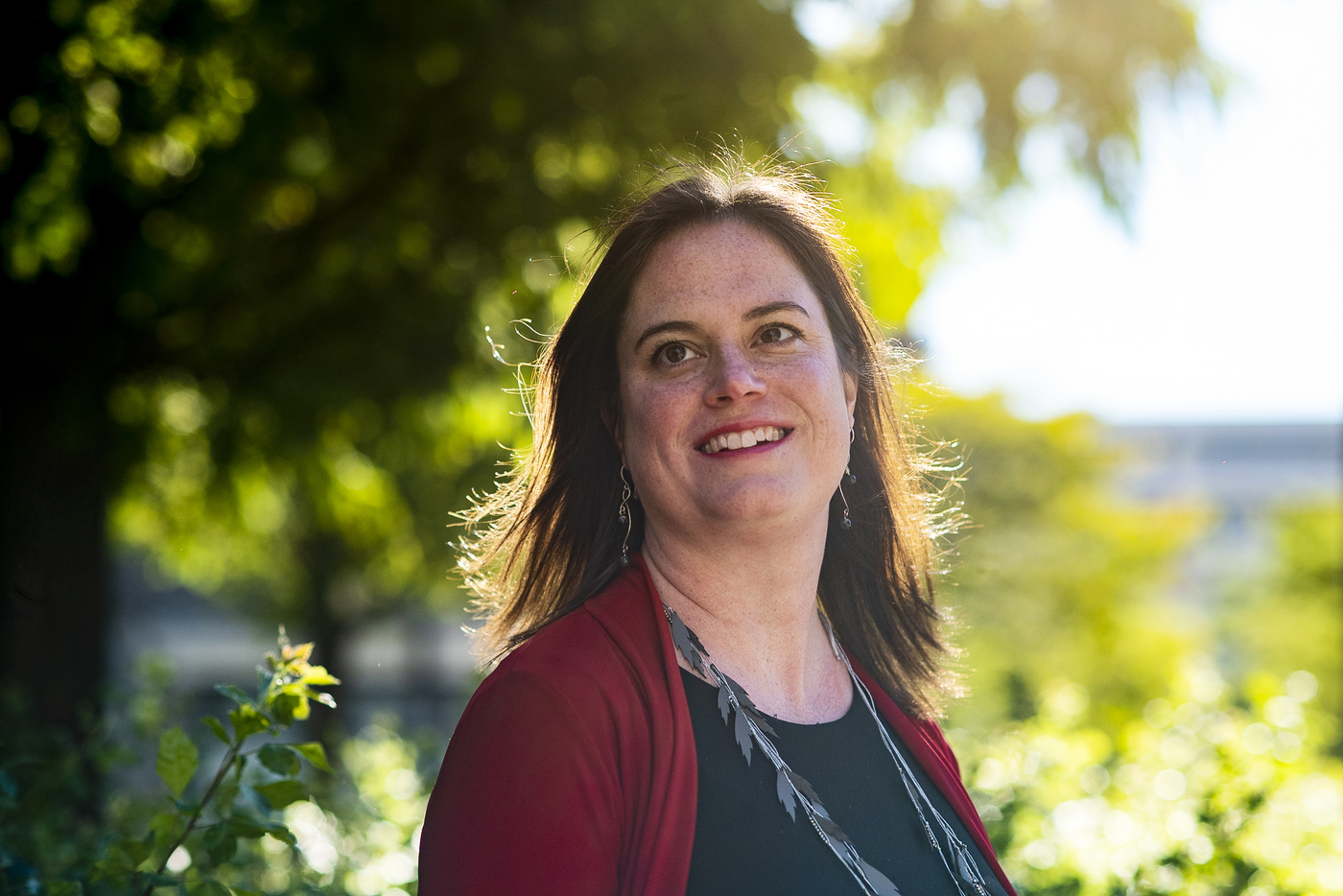Climate justice: How do we contribute to sustainable development and address climate change at the same time?

For many, nature-based solutions and climate-resilient development present a “triple win” for sustainable development, climate mitigation and climate adaptation.
But while planting a mangrove forest to stabilize eroding shorelines can provide a nursery habitat for commercial fisheries and absorb energy from storm surges, it’s not always a win-win-win scenario, a Northeastern professor says.
“Yes, there’s that potential, but there’s not that guarantee,” says Laura Kuhl, an assistant professor of public policy and urban affairs. “There’s also potential that these projects can be implemented in ways that can cause harm and be unjust.”

So Kuhl and graduate students Alaina Kinol and Johan Arango-Quiroga are proposing a new approach to planting mangroves and building flood-resistant homes in coastal areas—examining such projects through a climate-justice lens.
“Nature-based solutions promised this triple win of sustainable development, mitigation and adaptation, and climate-resilient development is all about the triple win, as well,” Kuhl says. “But for every single policy, investment and project, we have to ask if it is being framed with the questions in mind of how do we contribute to sustainable development and address climate change at the same time. We have to be thinking about the justice implications in order to achieve these triple wins.”
Kinol, Arango-Quiroga and Kuhl recently published “Opportunities for nature-based solutions to contribute to climate-resilient development pathways” in the June edition of the journal Current Opinion in Environmental Sustainability. The paper originated with a directed study on nature-based solutions (NbS), or the practice of using nature to help solve climate challenges—for example, think mangroves not sea walls for coastal protection, Kinol says.
But Kuhl and the students soon realized that issues of climate justice were as important to successful projects as funding, sound science and other factors.
“There’s been a real shift in the literature in the last 10 or so years where academia has become very aware that social and environmental issues have become intertwined,” Kinol says.
“I think part of the idea of climate justice is that you can’t have climate action without social action, and you can’t have social action that doesn’t incorporate climate action.”
Climate justice is not necessarily always taken into account, however.
For example, Kuhl cites the carbon markets—where large corporations (predominantly in the global north) can offset their carbon use by purchasing resources (primarily in the global south). But while a project to reforest the Amazon might have great climate mitigation potential by sequestering a ton of carbon—is it just if it’s also displacing a local agricultural or indigenous community? Is it just if it enables the corporation to continue burning carbon as usual? Moreover, will it even be a successful project?
“We’re proposing a framework for taking these different elements of justice—procedural justice, restorative justice, distributional justice, recognitional justice—and saying here’s the type of questions you want to ask about a nature-based solution to see if it will be just,” Kuhl says. “What these specific questions will look like will vary from one context to another, but hopefully this kind of framework provides an analytical tool for people to ask those questions.”
Kuhl says questions like who is benefiting from the project, where is the project being implemented, and how will it be designed, are all questions that can be applied to projects throughout the world.
“There’s a lot of considerations that we bring forward in this framework,” Kuhl says. “There’s probably no perfect example (of a project) out there that fulfills every element of justice in a perfect way. But there’s lots of examples of projects and initiatives that are doing parts of it.”
The researchers’ next steps are applying their climate justice framework to specific projects—a water-management project in a watershed in Colombia; and a planning project for transformational and equitable adaptation to climate change with nature-based solutions in the Boston area.
“It’s the common thread through all of this,” Kuhl says. “Putting justice at the center.”
Cyrus Moulton is a Northeastern Global News reporter. Email him at c.moulton@northeastern.edu. Follow him on Twitter @MoultonCyrus.







